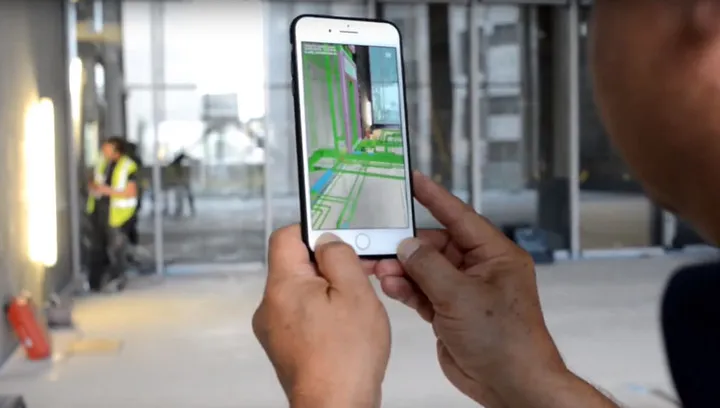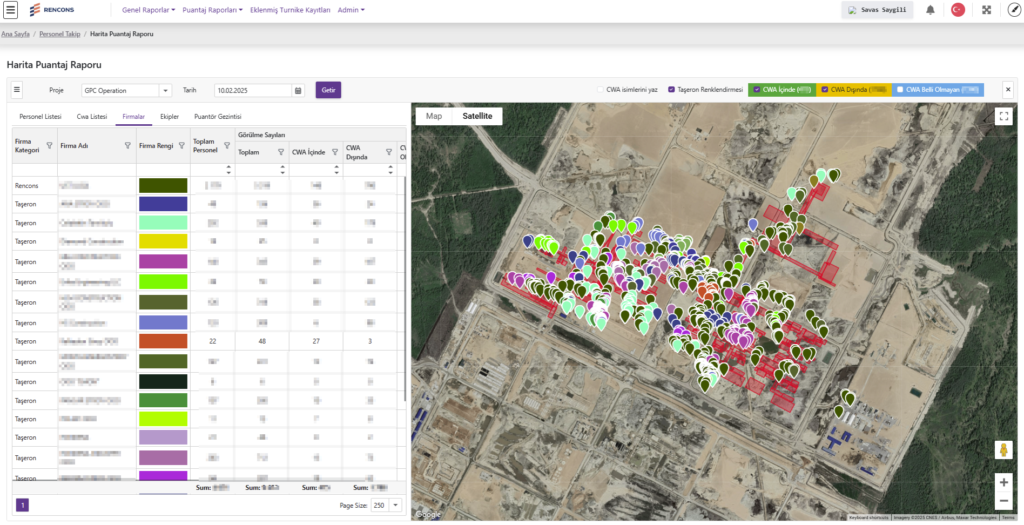Synergizing 3D Design and Augmented Reality: A Powerful Alliance for Collision Detection in Construction

In the ever-evolving landscape of construction, the marriage of 3D design and augmented reality (AR) heralds a new era of innovation. This dynamic integration is particularly instrumental in addressing the critical challenge of collision detection within the construction work area. Let’s explore how the fusion of 3D design and AR creates a powerful toolset for ensuring safety and precision in construction projects.
Title: The Convergence of 3D Design and AR for Collision-Free Construction
Introduction: As construction projects become more intricate, the need for advanced technologies to mitigate risks and enhance efficiency becomes paramount. The convergence of 3D design and augmented reality offers a sophisticated solution, especially in the realm of collision detection.
Technical Integration:
- 3D Design Blueprint: Construction projects commence with detailed 3D design blueprints that capture every element of the structure. These 3D models serve as the foundation for the entire project, providing a comprehensive digital representation of the construction plan.
- Augmented Reality Overlay: AR technology steps in by overlaying the 3D design onto the physical construction site in real-time. Workers equipped with AR devices can view the 3D model superimposed on the actual environment, creating a seamless blend of the digital and physical worlds.
- Collision Detection Algorithms: Advanced collision detection algorithms are employed to analyze the interaction between the 3D design and the real-world elements on the construction site. Potential clashes or conflicts are identified, helping prevent on-site collisions that could lead to delays, rework, or safety hazards.
Benefits:
- Enhanced Safety: The primary goal of integrating 3D design and AR for collision detection is to enhance on-site safety. By identifying and addressing potential collisions in the digital realm before construction begins, the risk of accidents and injuries is significantly reduced.
- Time and Cost Savings: Early detection of collisions translates to streamlined construction processes, minimizing the need for rework and modifications. This proactive approach leads to time and cost savings, ensuring that projects stay on schedule and within budget.
- Precision Planning: The combination of 3D design and AR provides a level of precision in planning that was previously unattainable. Project managers and construction teams can make informed decisions based on real-time data, optimizing the layout and organization of construction elements.
- Collaborative Work Environment: 3D design and AR create a collaborative work environment where all stakeholders can visualize and understand the construction plan in a unified manner. This fosters effective communication and decision-making among architects, engineers, and on-site personnel.
Conclusion: The integration of 3D design and augmented reality represents a paradigm shift in construction methodology. By harnessing the power of these technologies for collision detection, the industry not only elevates safety standards but also revolutionizes the way projects are planned and executed. This seamless blend of the virtual and physical realms establishes a foundation for smarter, safer, and more efficient construction practices, paving the way for a future where collisions are detected and resolved before the first brick is laid.
I am pleased to share with you our RENCONS BIM/Augmented Reality integration project.


